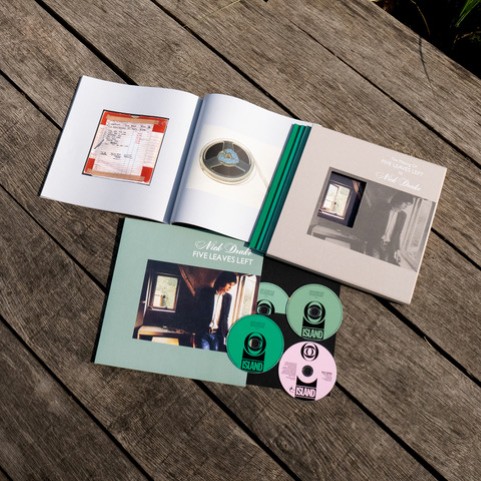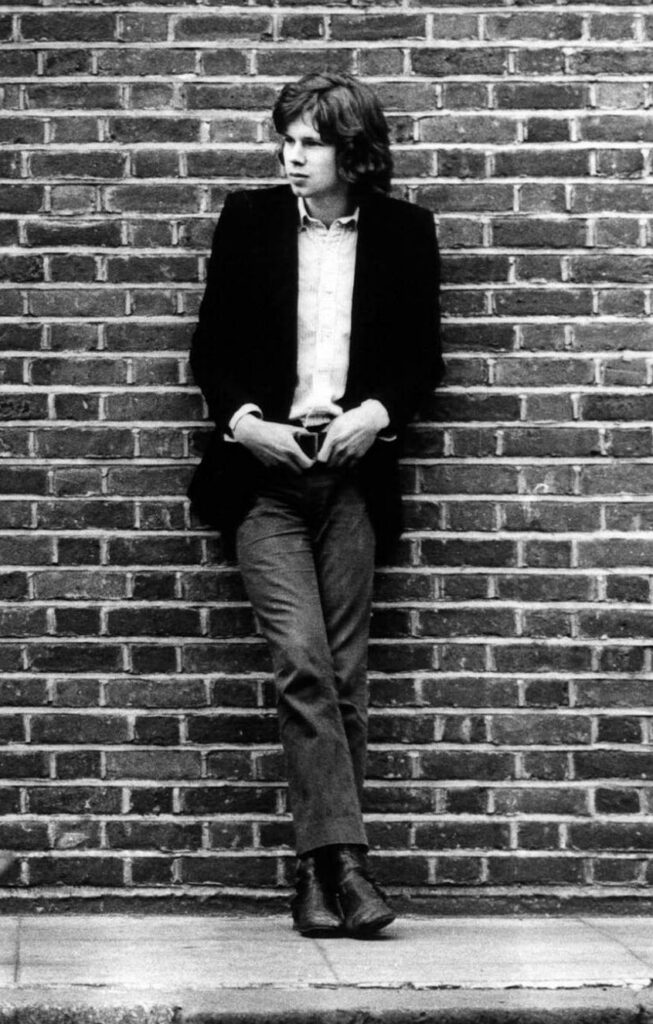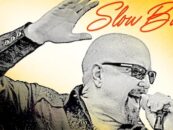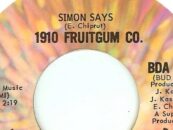 Reviewers, including this one, have often yielded to the temptation to compare some of today’s artists to folk singer and songwriter Nick Drake, because you can hear his influence in their work. But the truth is, there’s no one quite like him.
Reviewers, including this one, have often yielded to the temptation to compare some of today’s artists to folk singer and songwriter Nick Drake, because you can hear his influence in their work. But the truth is, there’s no one quite like him.
Drake’s music does hint at his own influences, such as Bert Jansch, the Incredible String Band, John Renbourn, Donovan and Fairport Convention. But his albums, with their moody strings, impressionistic lyrics and delicate baritone vocals, are in a class of their own.
“There was something rather magical about [Drake’s songs], almost otherworldly,” said Island Records founder Chris Blackwell. And, said Drake producer Joe Boyd, recalling his first exposure to a three-song demo, “I was stunned. Nick was just completely different. This wasn’t like anything else.” Fellow recording artist Robert Kirby reacted similarly: “I was completely knocked out…I had never heard anything like it up until then and I’ve never heard anything like it since.”
Despite these reactions, and some critical raves at the time of their release, Drake’s three studio albums all flopped when they first appeared between 1969 and 1972. Moreover, he remained little known for years after his 1974 death at age 26 from an overdose of antidepressants. One reason may be that, like Love’s Arthur Lee, he failed to tour in support of his records or to grant interviews. Another might be that he was simply ahead of his time.
Drake’s music began to attract a little attention in the 1980s. Then, in 1999, his record sales started to take off—interestingly enough, considering that he didn’t exactly pursue a commercial sound—thanks to Volkswagen’s use of his song “Pink Moon” in a TV ad.
Drake’s studio LPs have since been augmented by CDs containing a smattering of demos, outtakes and live tracks, but until today, his discography has remained as small as it has been impressive. Now, however, his list of recordings has been expanded significantly. That’s thanks to a new boxed set that chronicles the development of his debut album, which arrived in stores in July 1969, a few weeks after his 21st birthday.
Called The Making of Five Leaves Left and available with your choice of four CDs or vinyl LPs, the expanded package—released July 25, 2025—offers a fascinating look at Drake’s creative process. The 32 tracks on the first three discs include performances from his first-ever session at London’s Sound Techniques studios and from a demo recording made in a dorm room at the University of Cambridge, where he was a student. Most of the material was unearthed in recent years and has not been previously issued, and several of the songs have not been available in any version until now. A fourth disc contains a 2000 remaster of the 10-track original album. (The record was remastered again in 2013 for a vinyl release, but the earlier remaster is deemed superior.)
 The box comes with an oversized 60-page softcover book that includes numerous photos, lyrics to all the songs and copious discographic information. It features a long and revealing essay about Drake’s life in the years leading up to the making of Five Leaves Left, as well as the recording sessions that produced it.
The box comes with an oversized 60-page softcover book that includes numerous photos, lyrics to all the songs and copious discographic information. It features a long and revealing essay about Drake’s life in the years leading up to the making of Five Leaves Left, as well as the recording sessions that produced it.
While some of the demo versions in this box are similar to and nearly as polished as what Drake delivered on Five Leaves Left, you’ll find revelatory variations scattered throughout the discs. An early version of “’Cello Song” (called “Strange Face”), for example, is slower and gentler than the final recording and redolent of Donovan’s earliest work.
Related: Another look at the career of Nick Drake
Also here are a largely instrumental reading of “Time Has Told Me,” two stripped-down renditions of “River Man,” and four performances of “Day Is Done” that show it evolving from rudimentary folk into the intricate, strings-enhanced number that Drake apparently had in mind from the beginning. (“It’s sort of a string quartet song,” he says before playing it at Cambridge.)
And then there are the selections that have not been previously released in any form, such as a lovely if embryonic reading of a song called “My Love Left with the Rain” and the poppy “Mickey’s Tune,” whose title might refer to Drake’s friend and sometime accompanist, Micky Astor.
Let’s hope we’ll soon see similar boxes devoted to the making of Drake’s other two studio albums, both of which are as noteworthy as his debut. The world needs all the music from him that it can get.
The 2025 expanded edition is available in the U.S. here, in Canada here and in the U.K. here.







No Comments so far
Jump into a conversationNo Comments Yet!
You can be the one to start a conversation.